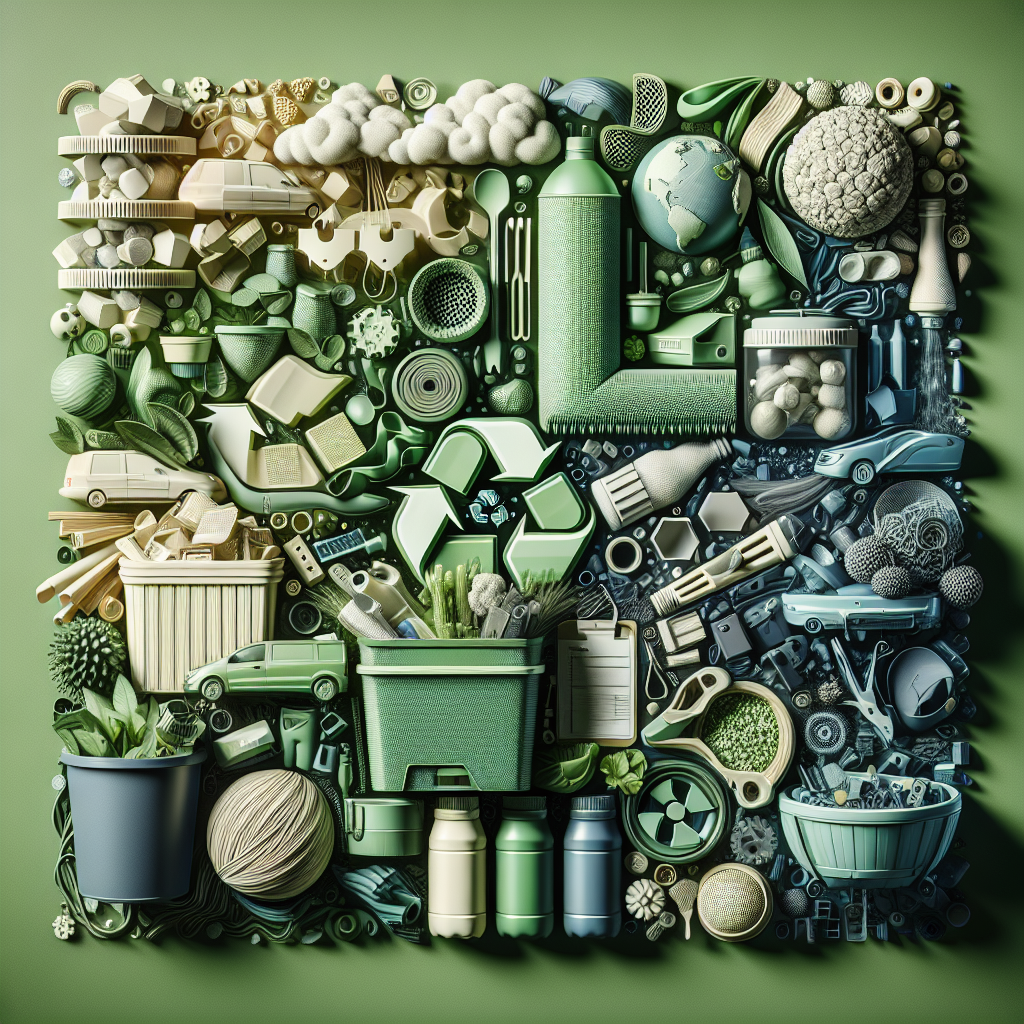Blog Ecobraz Eigre

"Underused materials: which streams are still underexploited"
Introduction
Growing environmental concerns and current regulations in Brazil are encouraging practices for reusing and recycling materials, making them stand out as a strategy for industrial and commercial sustainability. However, several material flows remain underexploited, representing an opportunity to optimize processes and reduce environmental impacts. This article discusses the main underused materials and their potential uses, based on official information and applicable legislation.
Underused materials and their underexploited flows
1. Electric cables and wires
Cables and wires, made up of valuable metals such as copper and aluminum, have great potential for reuse. According to data from MTR - National Information System on Solid Waste Management, only a fraction of these materials are actually collected for recycling. Many streams are lost due to a lack of adequate collection or separation systems.
In addition to metal recovery, the reuse of insulating materials can reduce the demand for virgin compounds, contributing to the circular economy. Brazilian legislation, especially Law 12.305/2010, which establishes the National Solid Waste Policy, provides for shared responsibility and encourages reverse logistics for these materials.
2. Technical plastic materials
Plastics with specific properties, used in industrial sectors, still have a low rate of reuse and recycling. Fragments, additives and complex compositions make traditional operations difficult. The expansion of selective collection for waste containing these plastics, combined with technological development for advanced recycling, represents a strategic opportunity.
3. Industrial textile waste
Textile waste, especially that generated in the production chain, is little used in Brazil. It can be reused to produce new fabrics, acoustic and thermal insulation, and even used in composites for construction materials. The standard Law No. 14.128/2021 reinforces the commitment to sustainability practices involving industrial waste.
4. Waste specialty glass and technical ceramics
Specialty glass and ceramics used in electronic and industrial equipment have significant value and potential for reuse and recycling, which is still little explored. The reuse of these materials requires specific processes to guarantee the maintenance of technical properties, which are not yet widespread in the domestic market.
Regulatory aspects and challenges in reuse
The National Solid Waste Policy (Law No. 12.305/2010) sets out fundamental guidelines for the proper management of waste, including reverse logistics and shared responsibility. Reverse logistics systems are still incipient for many materials, causing waste and accumulation in landfills.
The National Environment Council (CONAMA) publishes complementary resolutions that directly influence waste management, such as CONAMA Resolution No. 401/2008, which deals with the collection and disposal of solid waste.
Integration between sectors and the adoption of technologies to enable collection and reuse are essential. The training and engagement of the parties involved are indispensable for overcoming technical, economic and operational barriers.
Importance of specialized collection and safe disposal
In the reuse chain, the specialized collection of materials becomes fundamental for guaranteeing the quality of the flow and avoiding contamination. In the context of electronic waste, electronic waste collection is a practice that needs to be expanded in order to correctly capture valuable components and avoid environmental impacts.
In the case of data media, the safe disposal and sanitization of hard drives is crucial, ensuring the protection of information and the proper reuse or recycling of these devices.
Conclusion
Diverse materials have high potential for increased reuse and recycling in the country. Cables and wires, technical plastics, industrial textile waste and specialty glass are among the under-exploited streams. The modernization of practices, combined with legal support, is essential to consolidate sustainability and the circular economy in the management of this waste.

Deixe um comentário
O seu endereço de e-mail não será publicado. Campos obrigatórios são marcados com *